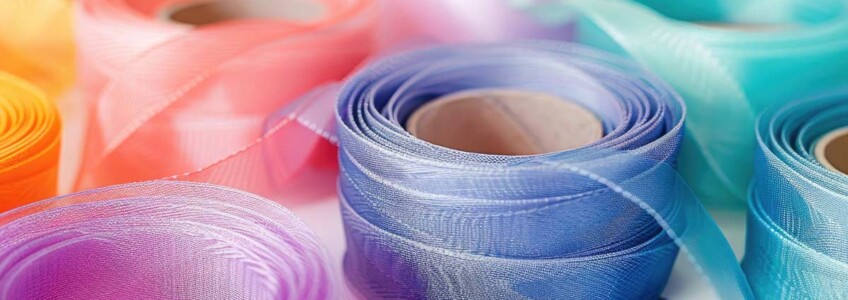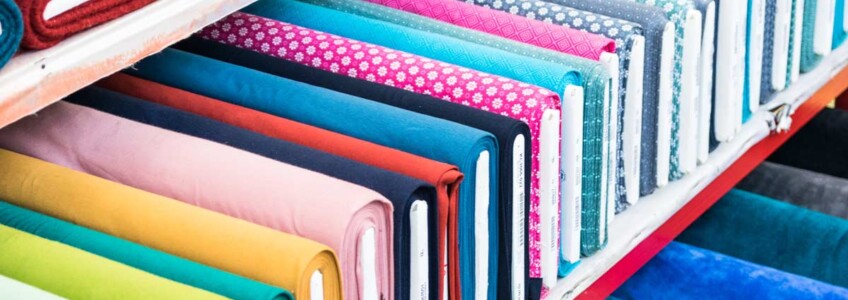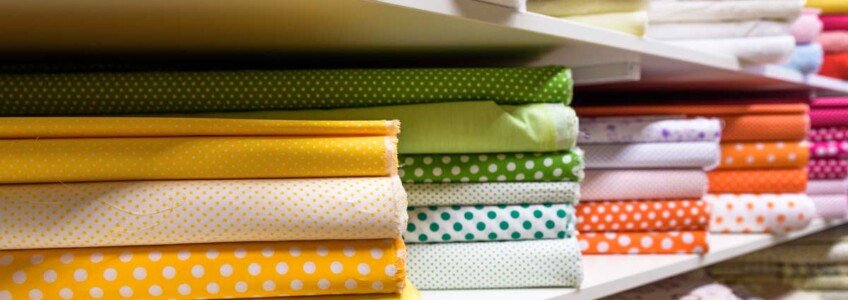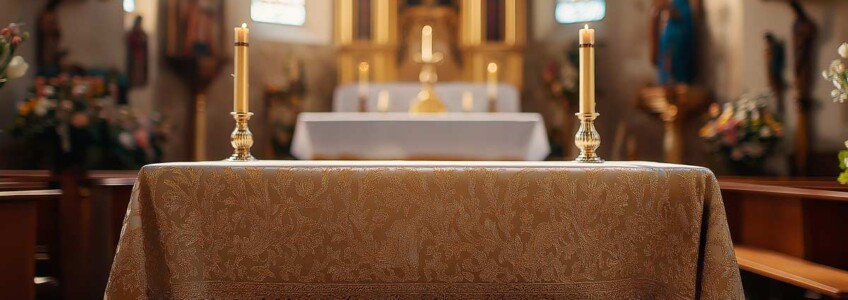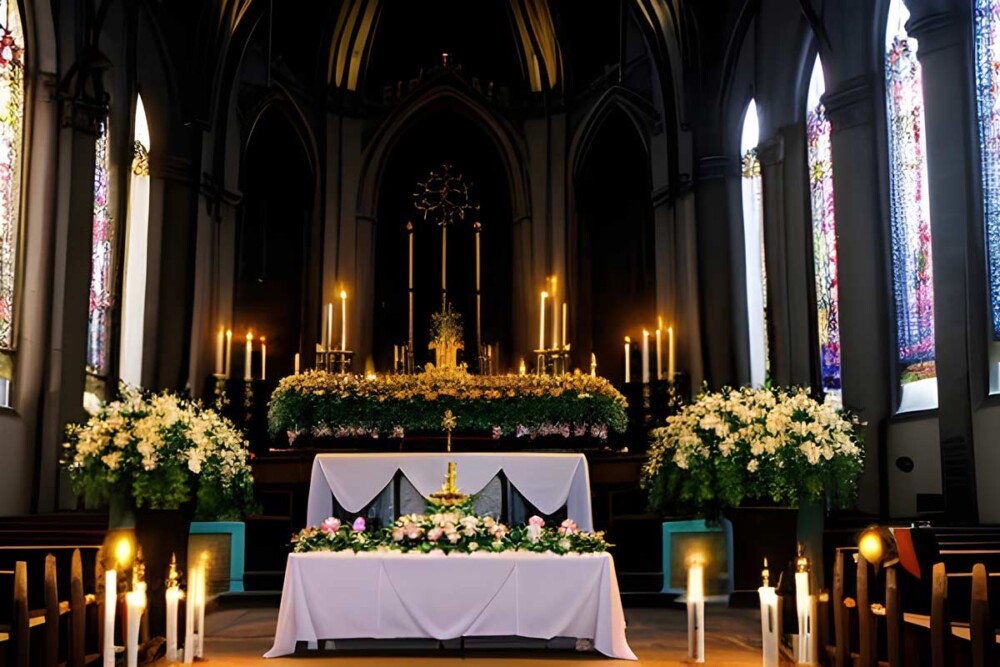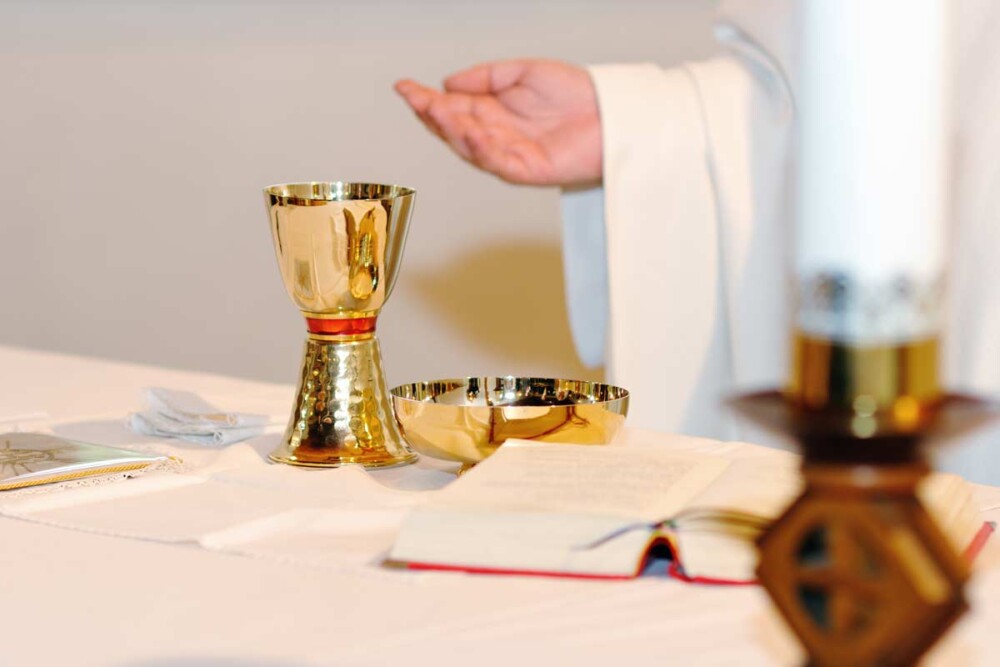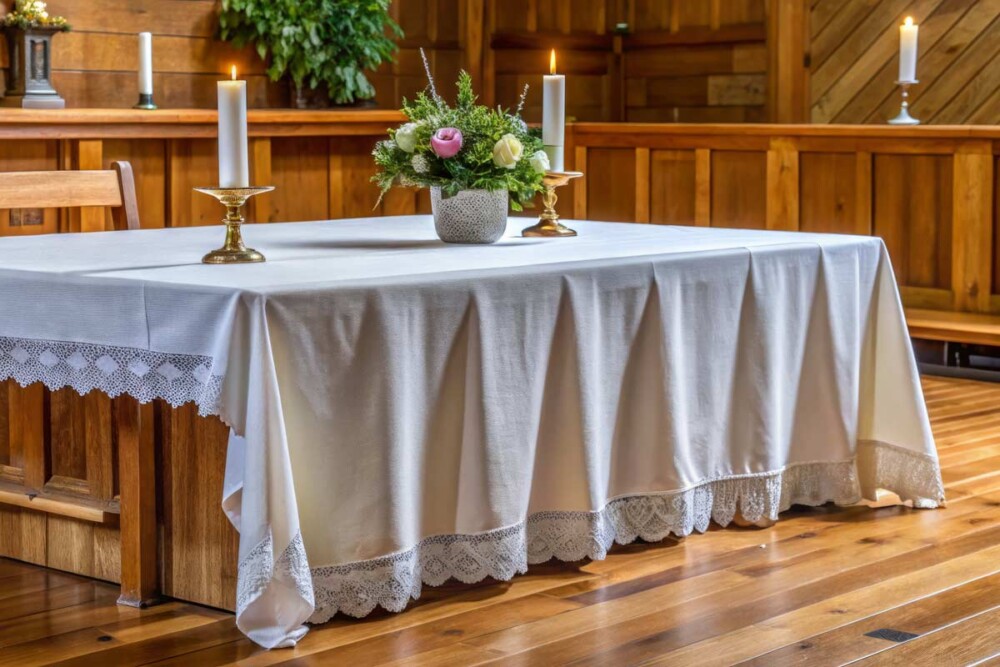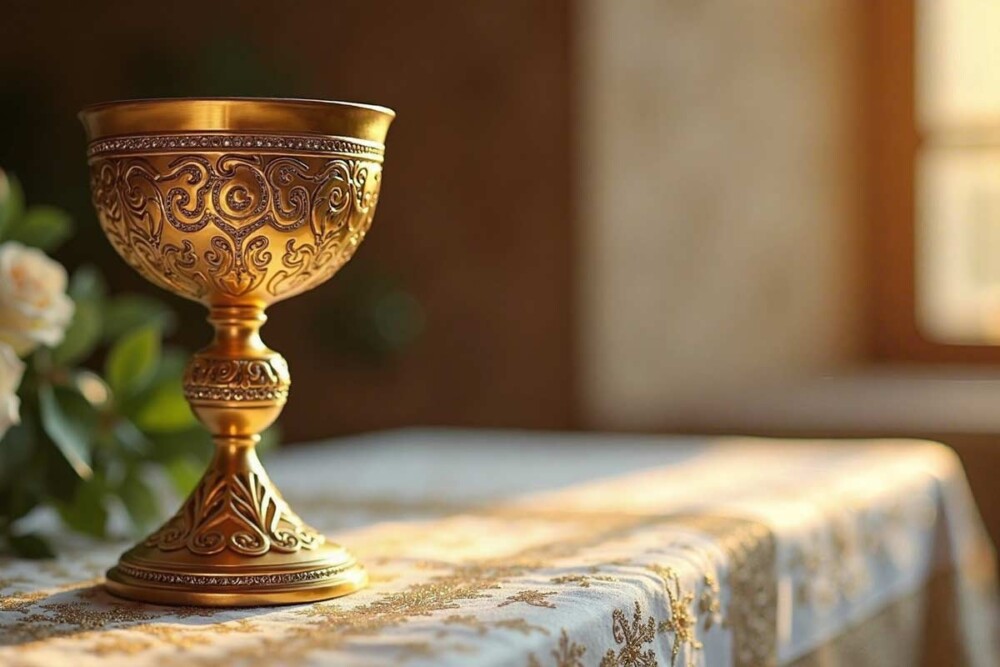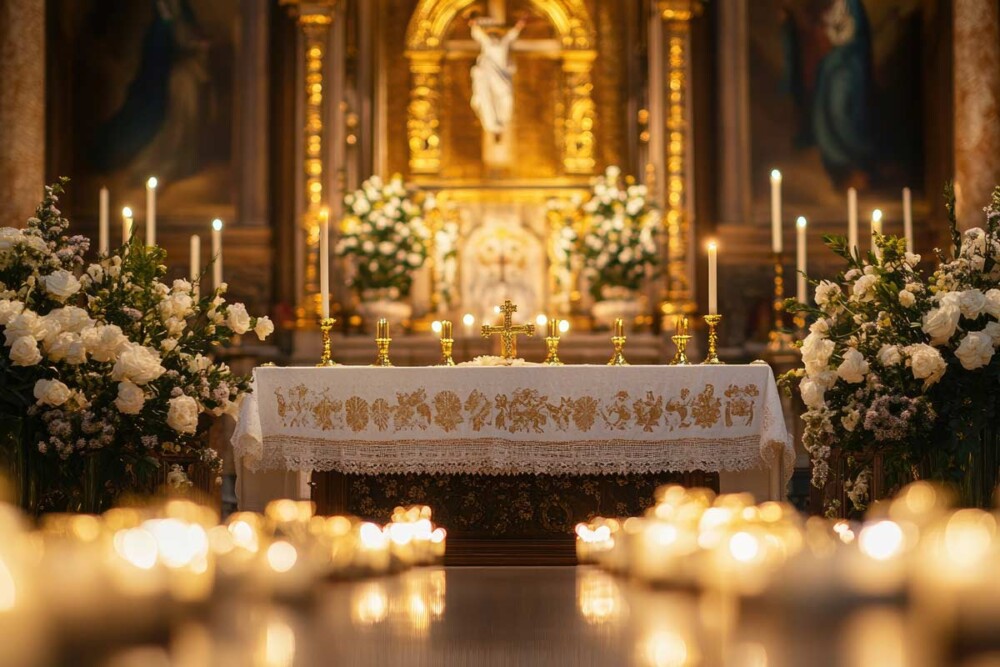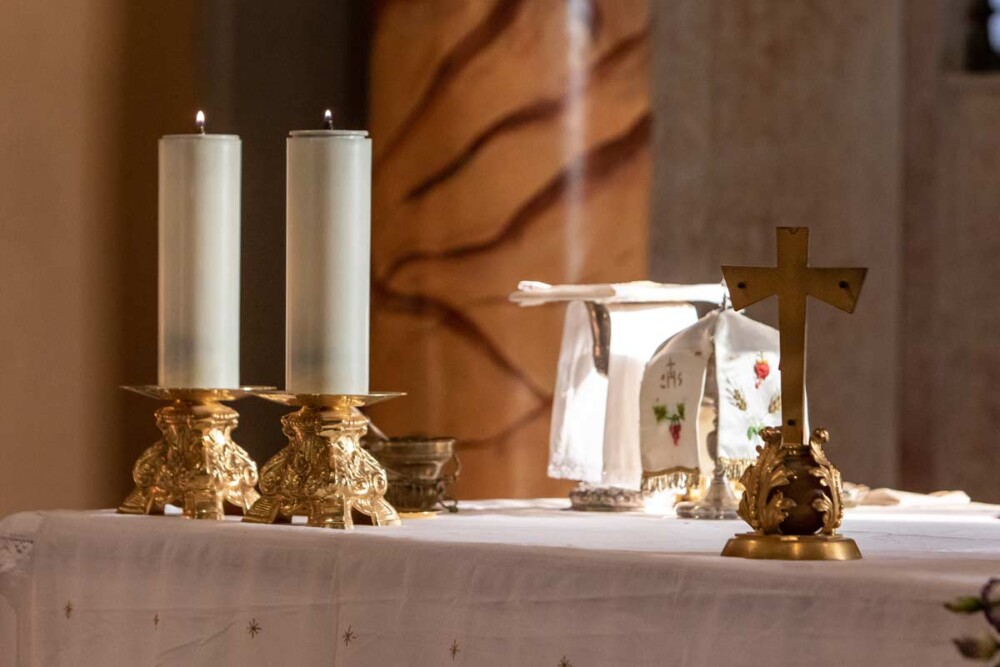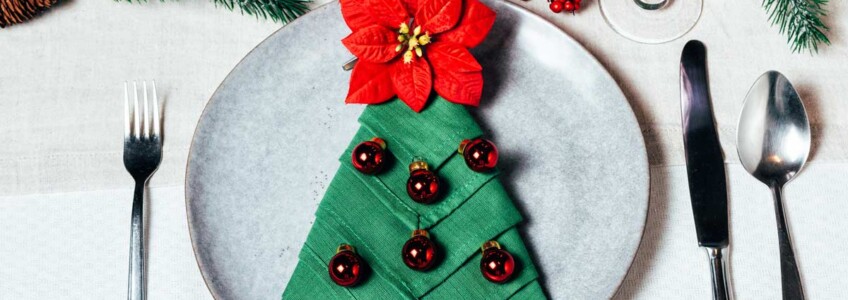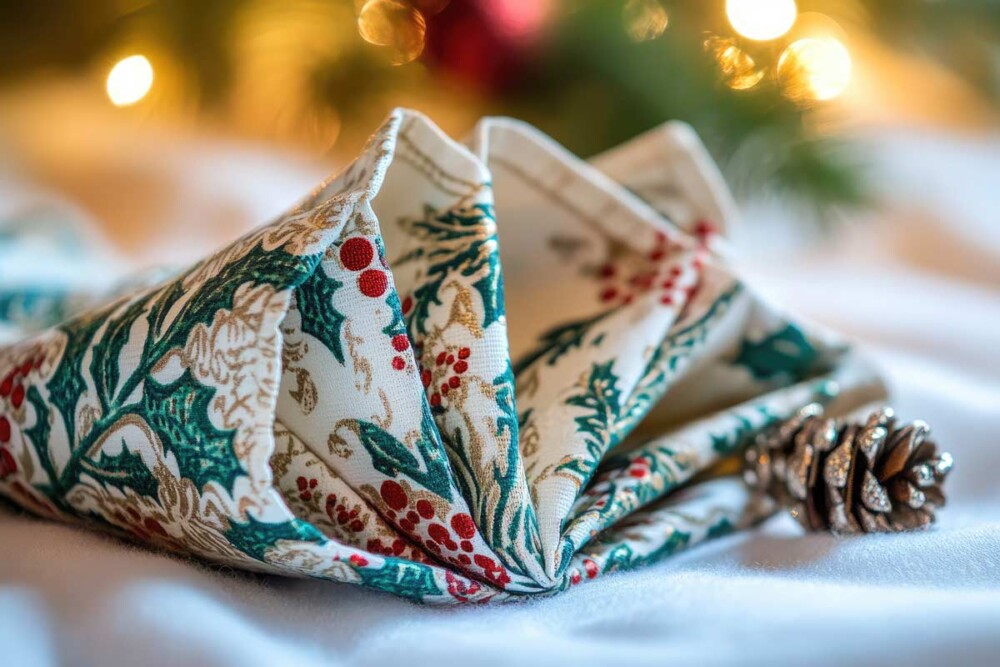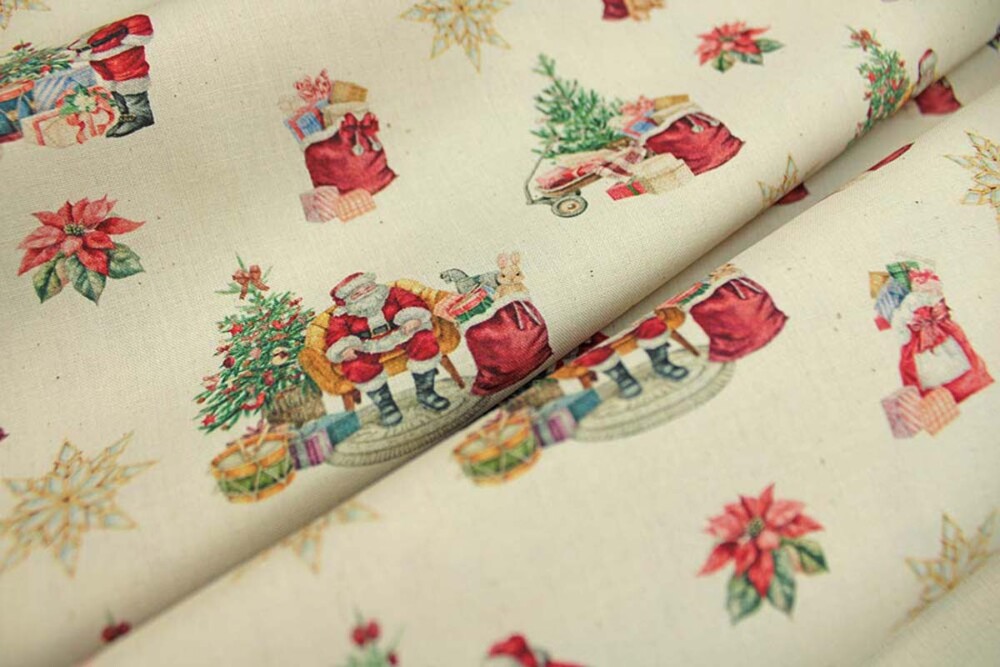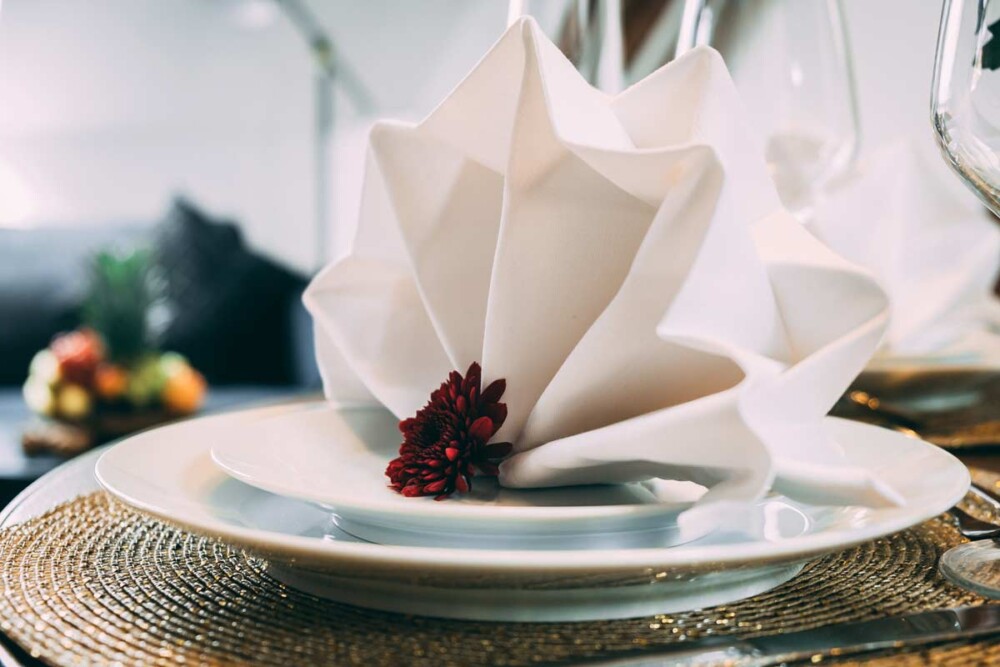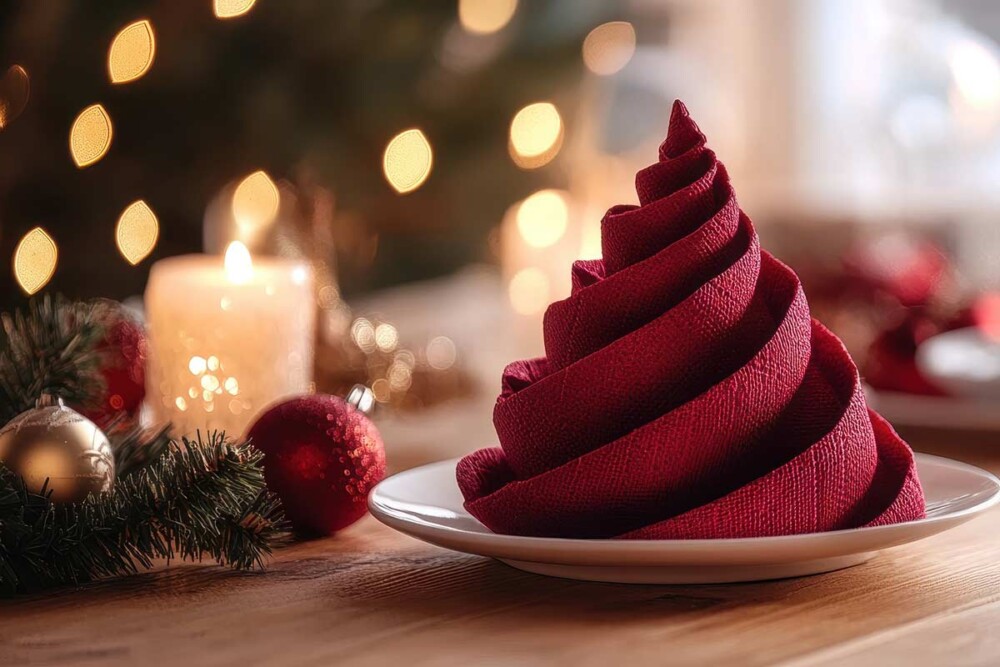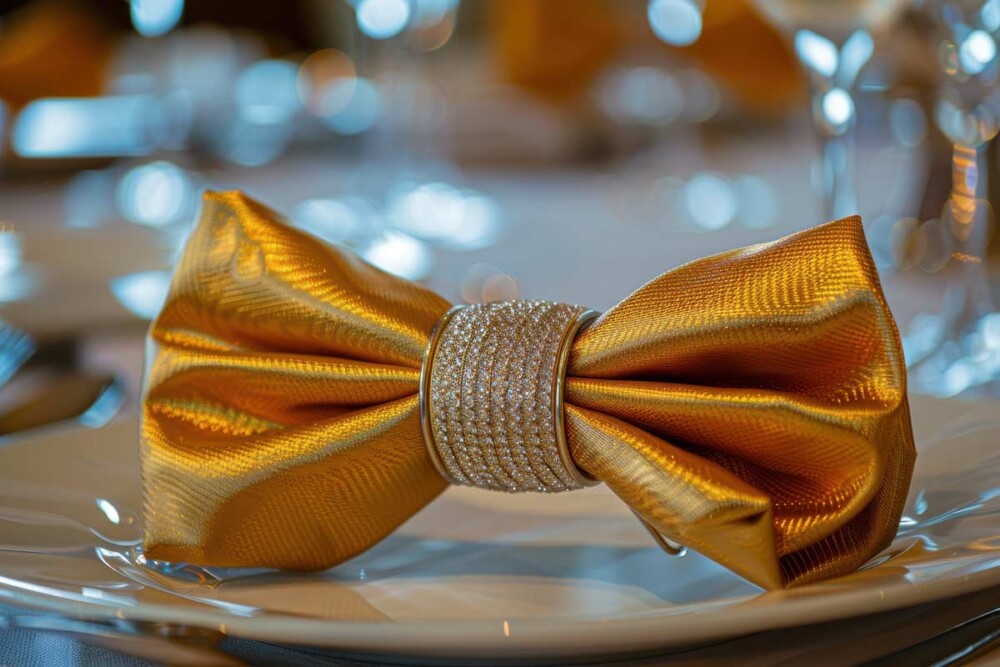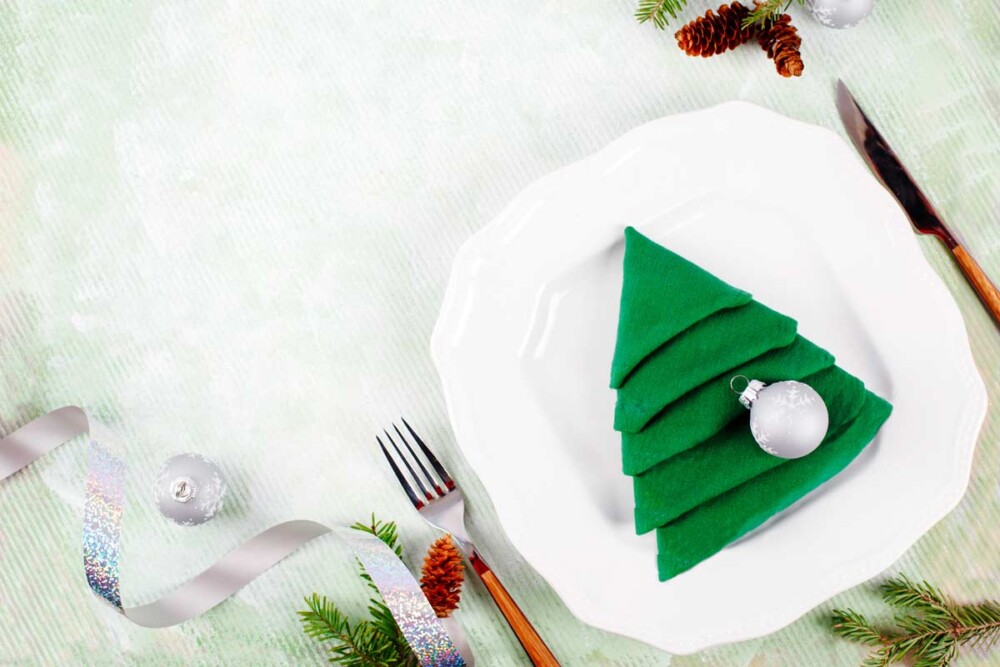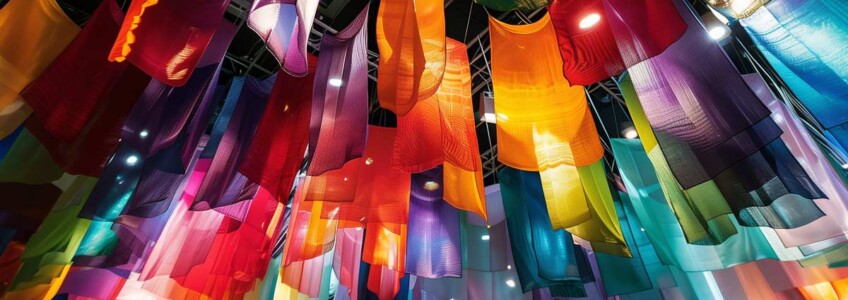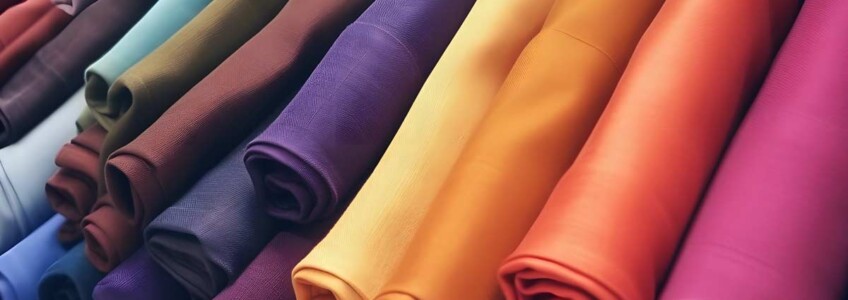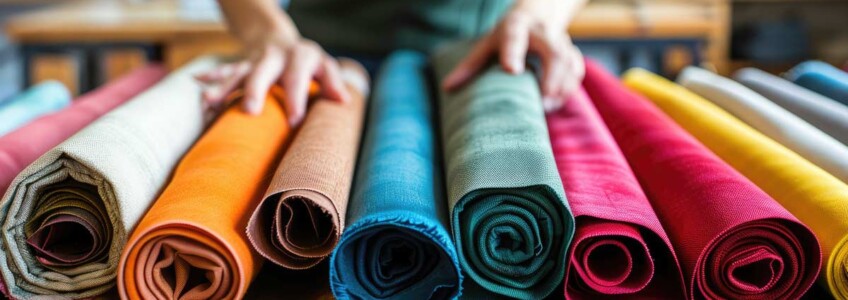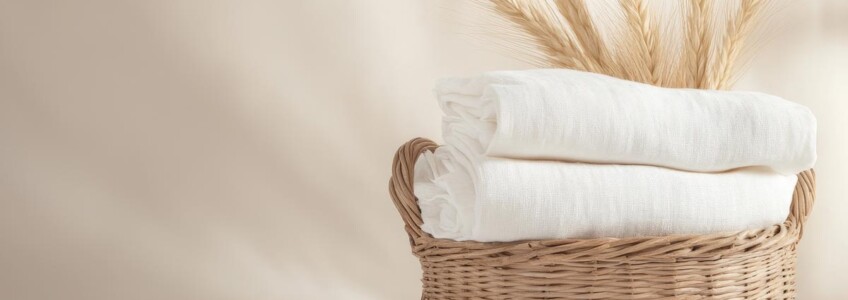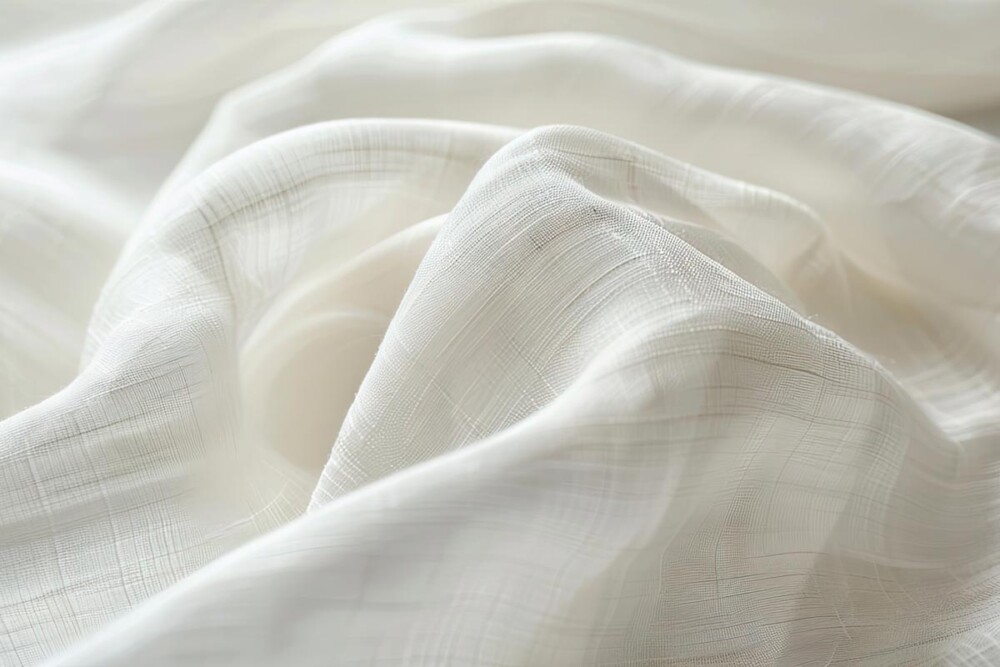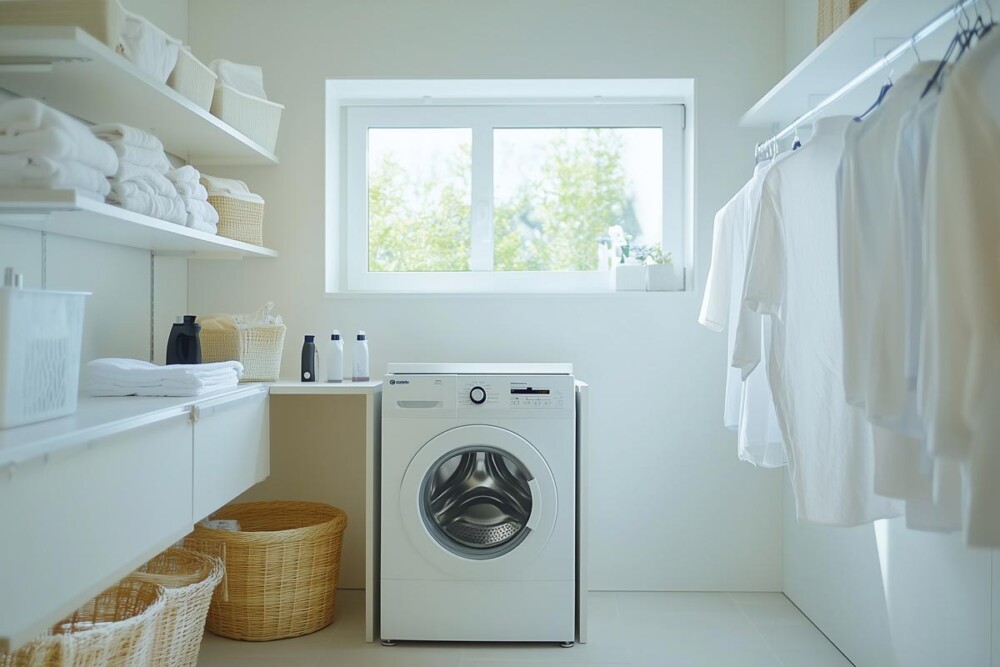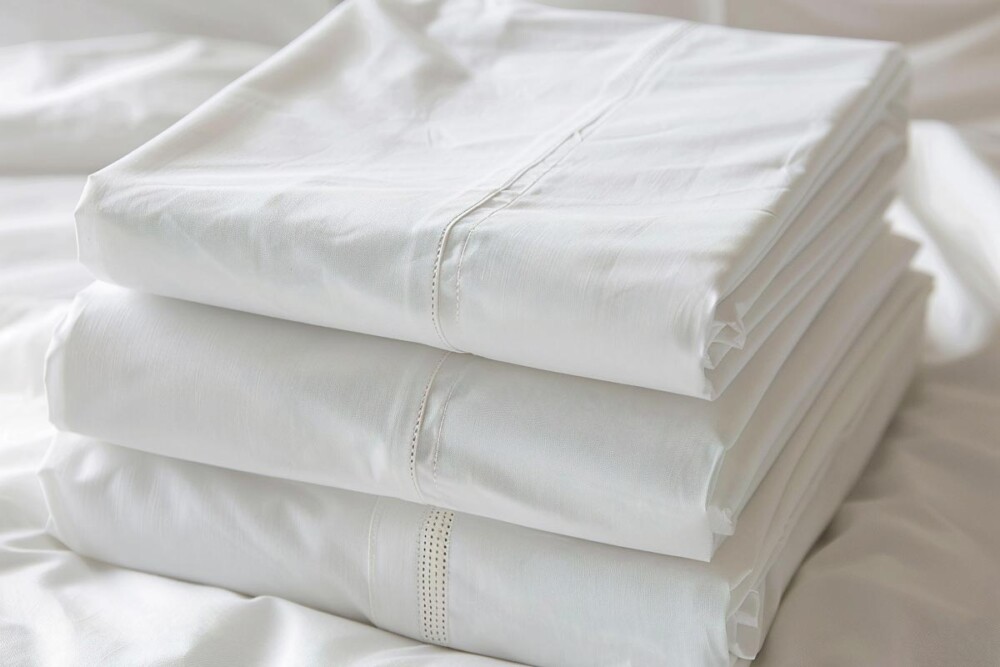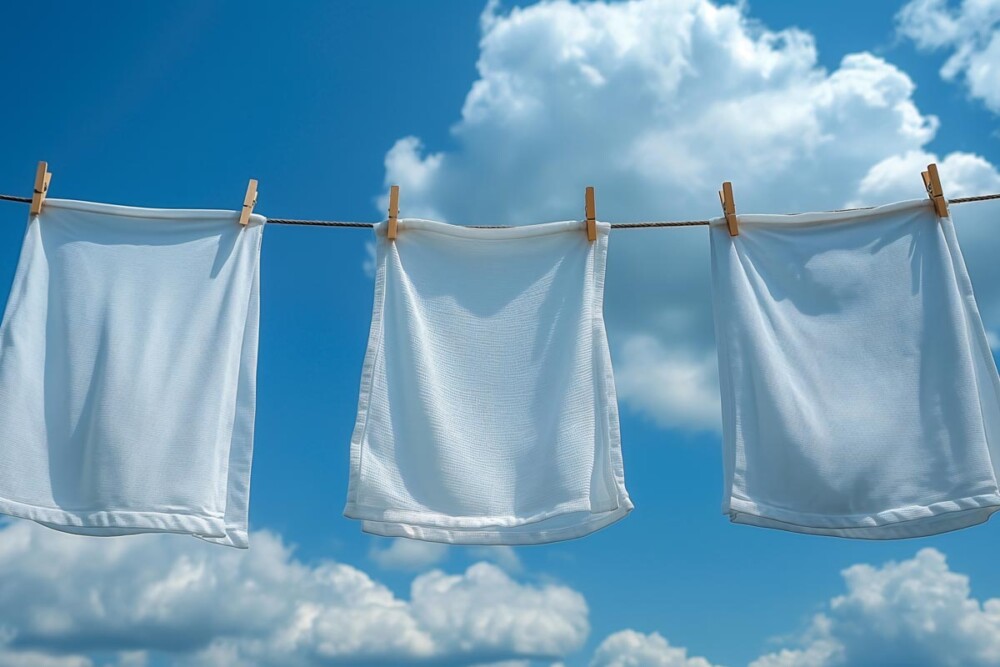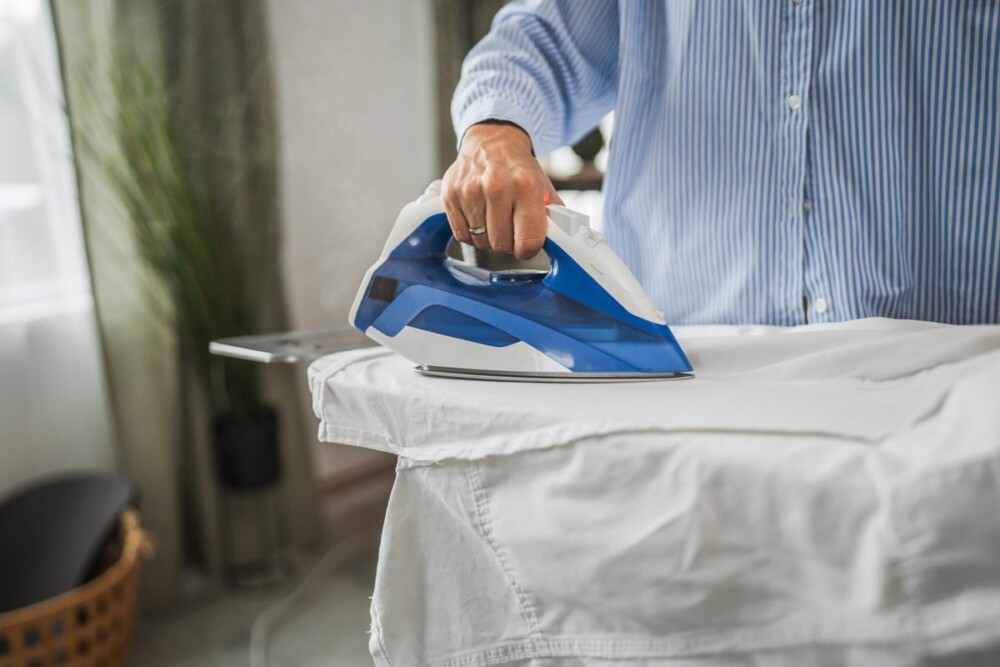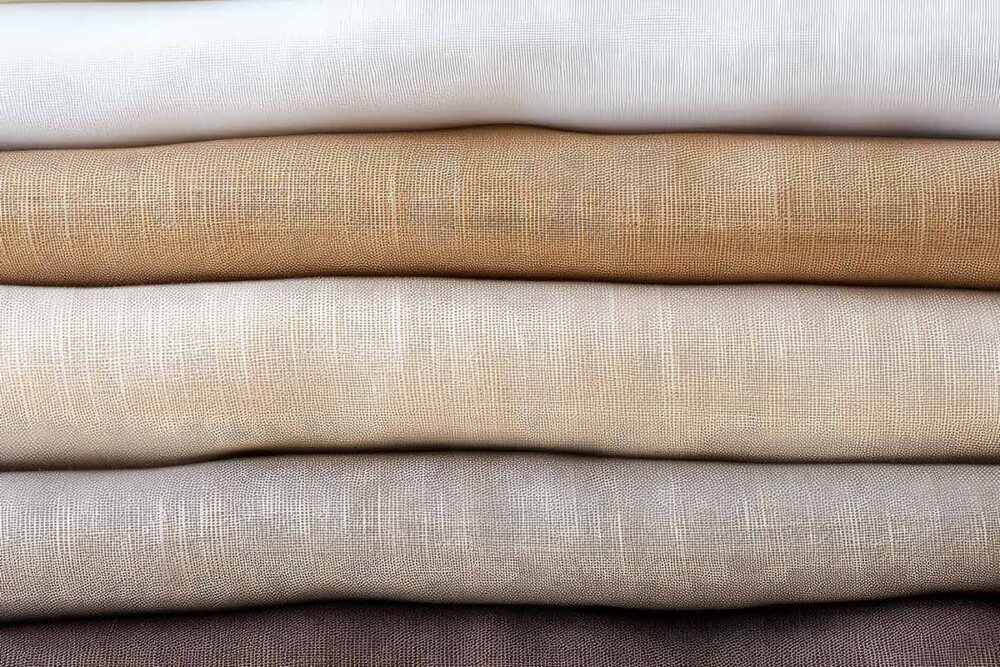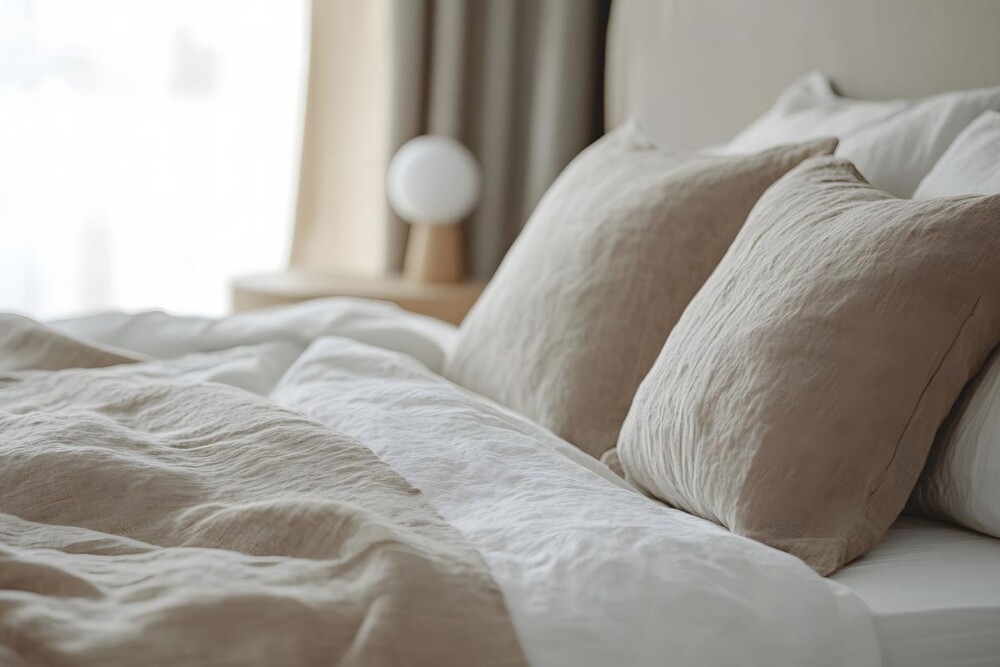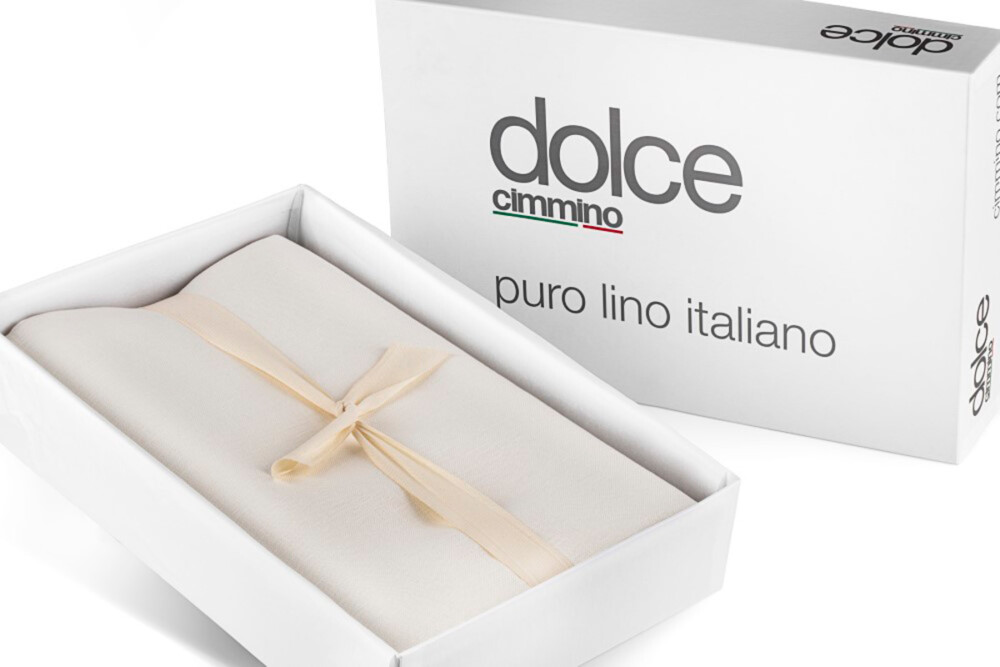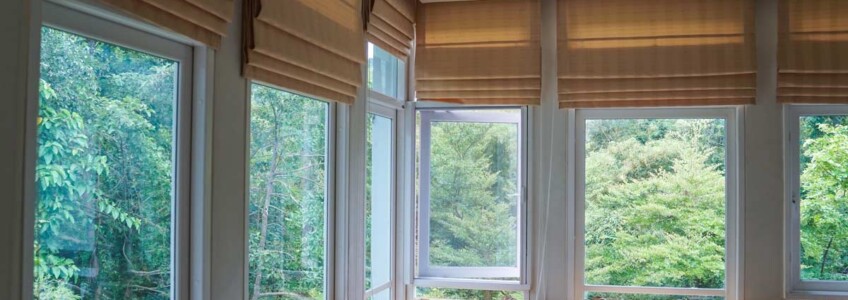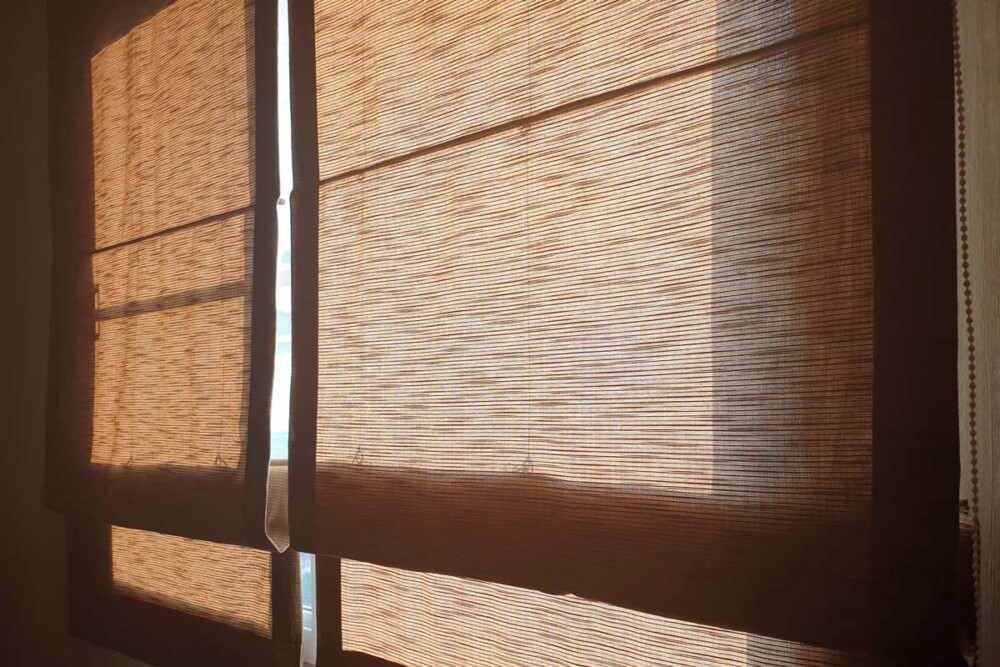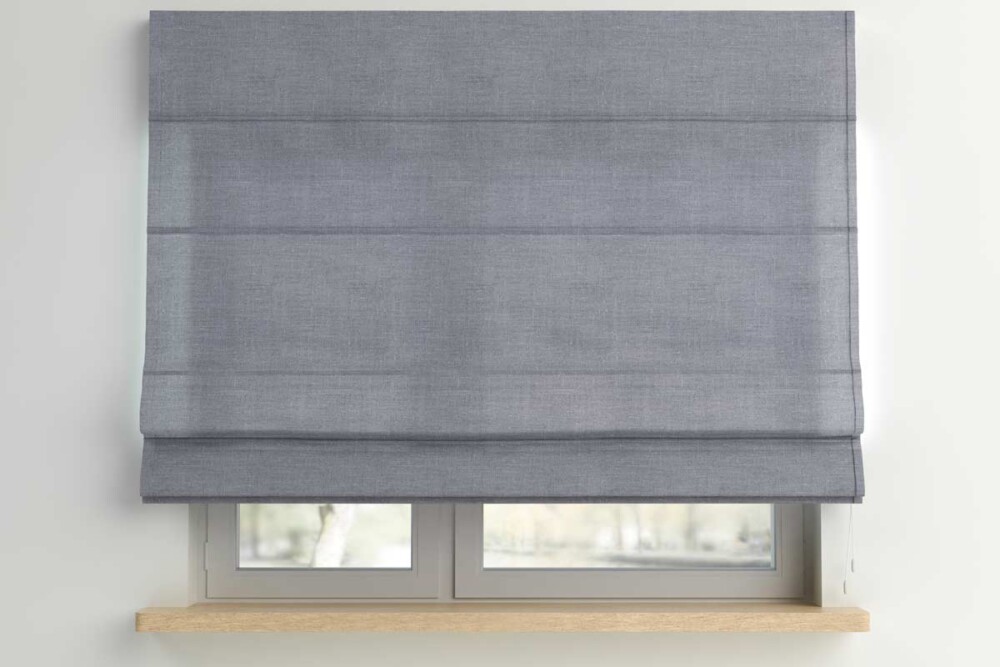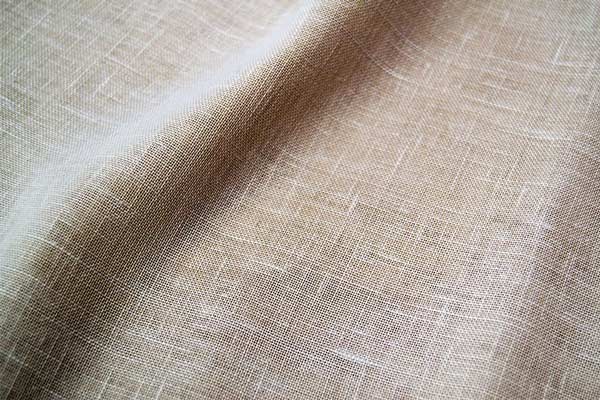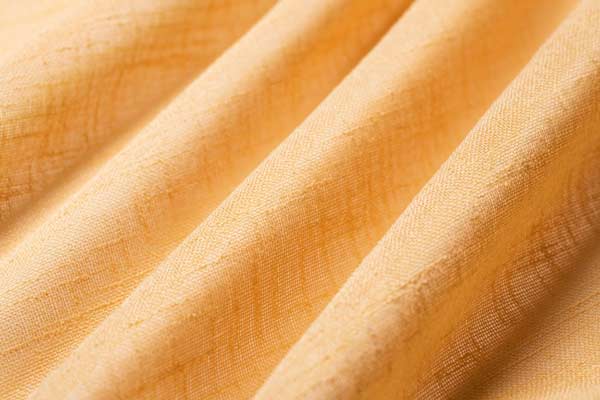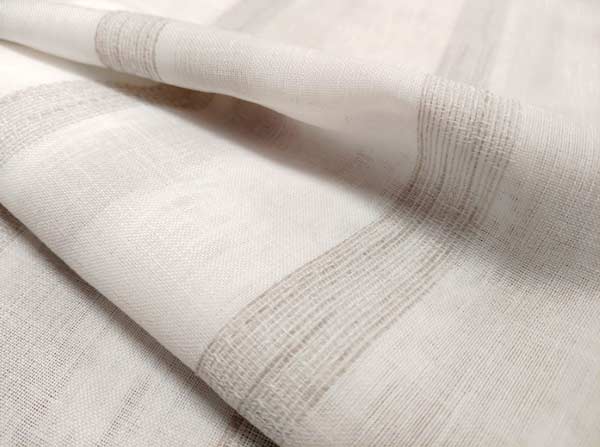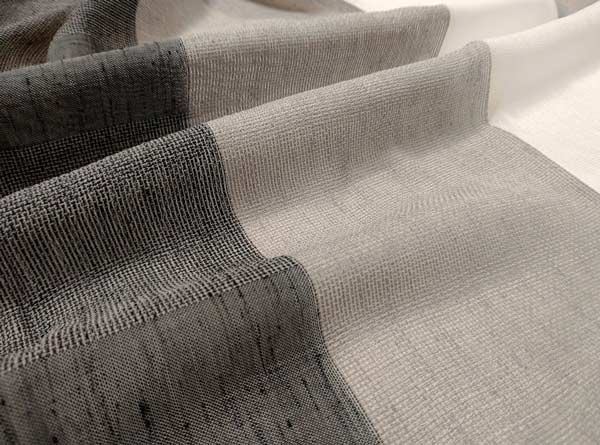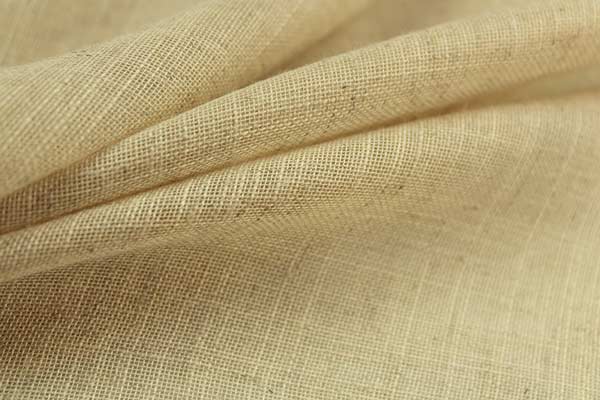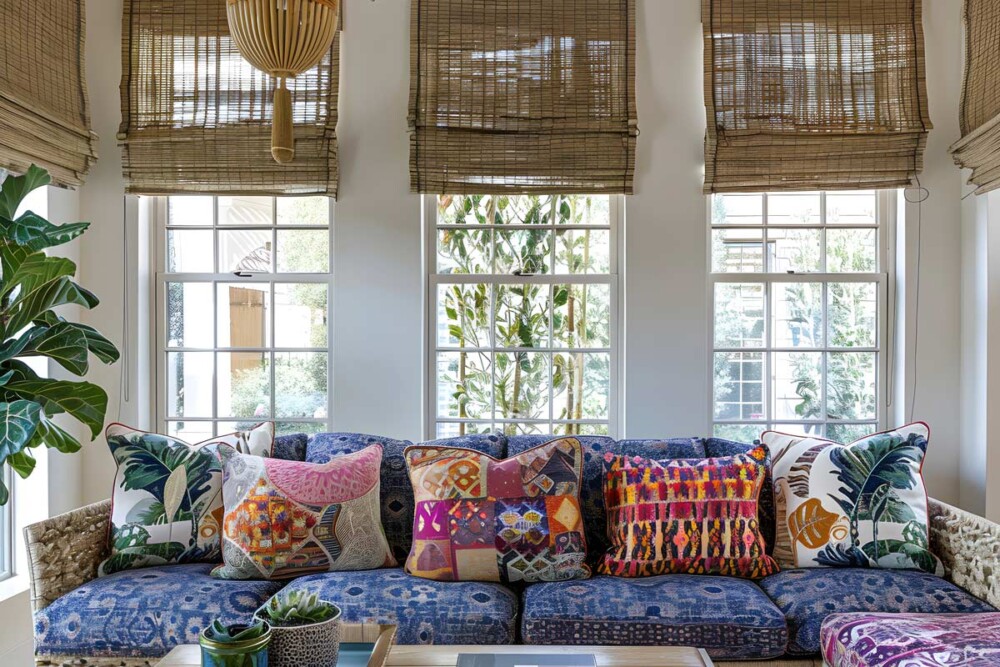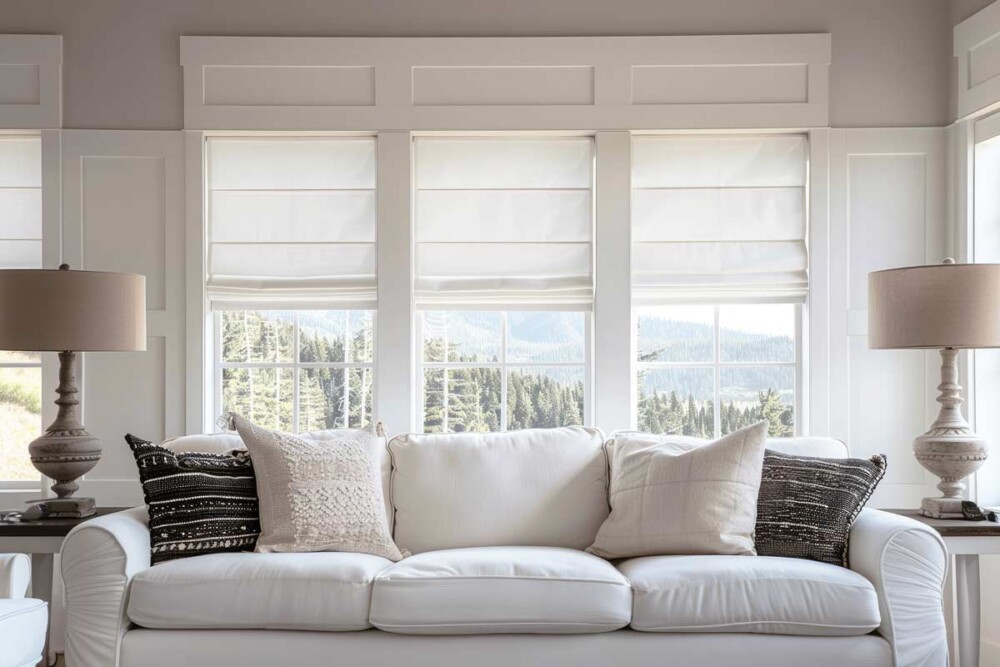Organza ribbon is a versatile and refined material, perfect for adding a touch of elegance to decorations, gifts and DIY projects. Thanks to its light texture and bright colors, it is ideal for creating original and personalized compositions. Manifattura Foderami Cimmino proposes several ideas to use organza tape in a creative way, offering practical ideas to make the most of this product.
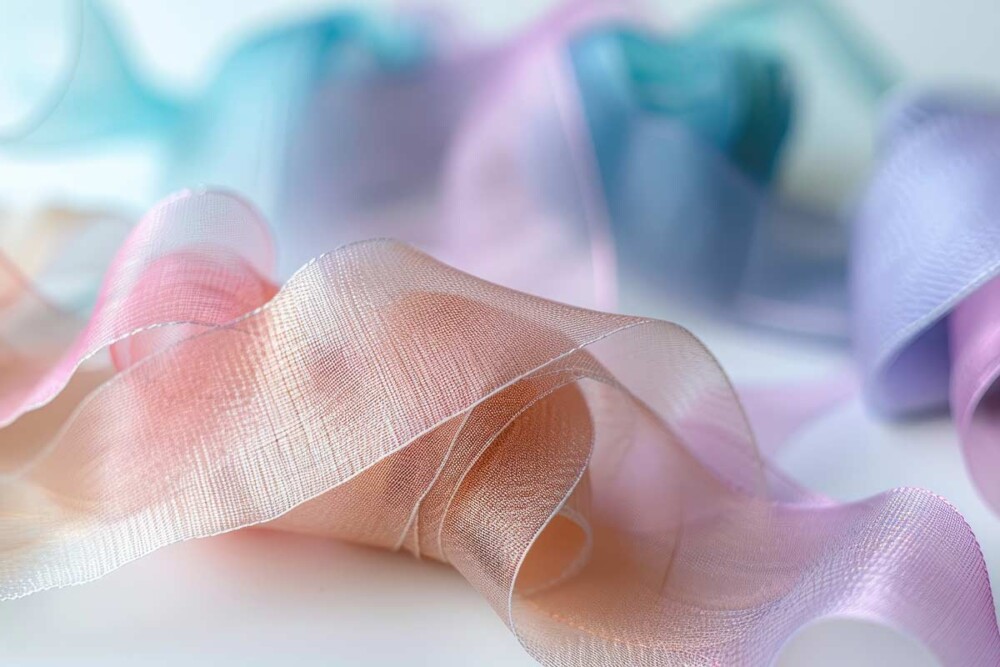
Flowers with organza ribbon
One of the most fascinating uses of organza ribbon is to create decorative flowers. These flowers can be used to beautify wedding favors, gifts, hair accessories or decorations for events. Thanks to the transparency and lightness of the material, the flowers obtained are delicate and refined.
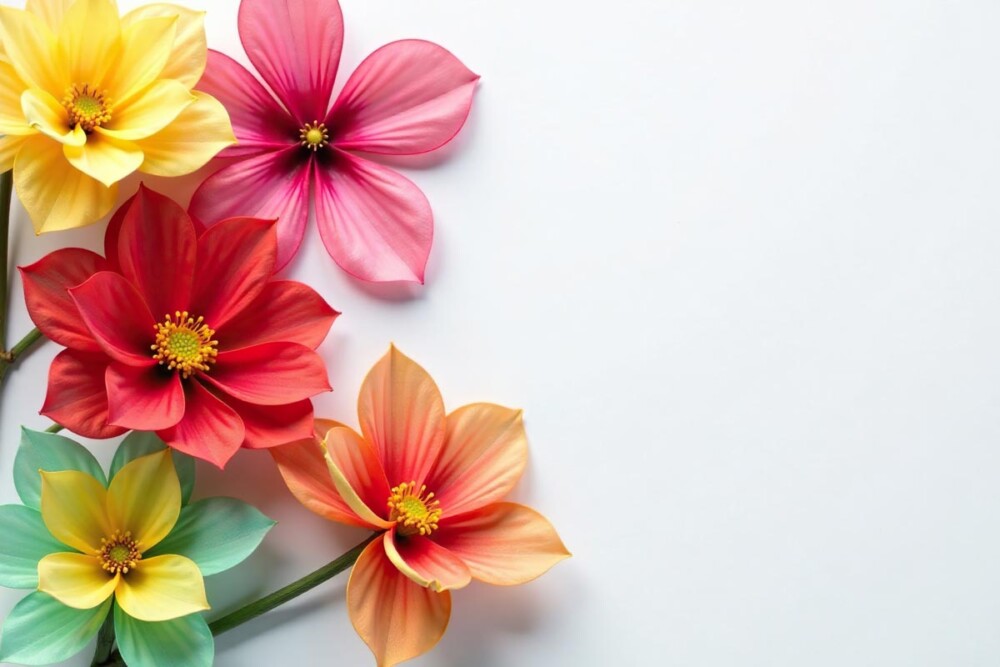
Roses with organza ribbon
Roses made with organza fabric are a timeless classic. To create them, simply wrap the ribbon around itself, forming a spiral shape to form the petals. Fix each round with needle and thread or a drop of hot glue. Organza roses can be used to decorate centerpieces, garlands or even fabric for formal dresses.
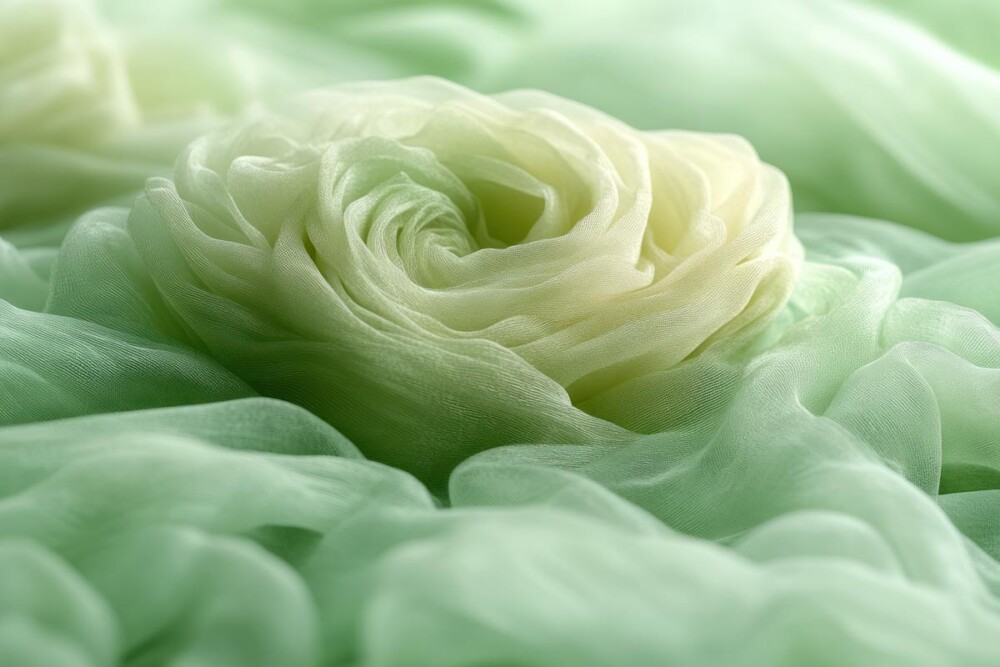
How to make flowers with organza ribbon
To create other types of flowers with organza ribbon, follow these simple steps:
- Cut the ribbon into sections of the desired length according to the size of the flower.
- Fold the ribbon in half to create the petals.
- Fix the petals at the base with needle and thread or hot glue.
- Assemble the petals around a decorative center, like a pearl or small button.
With a little practice, you can create daisies, tulips or abstract flowers that are perfect for any project.

Bow with organza ribbon
Another popular use of tape is the creation of decorative bows. Bows can be applied to gifts, wedding favors, bouquets or even on wedding dresses.
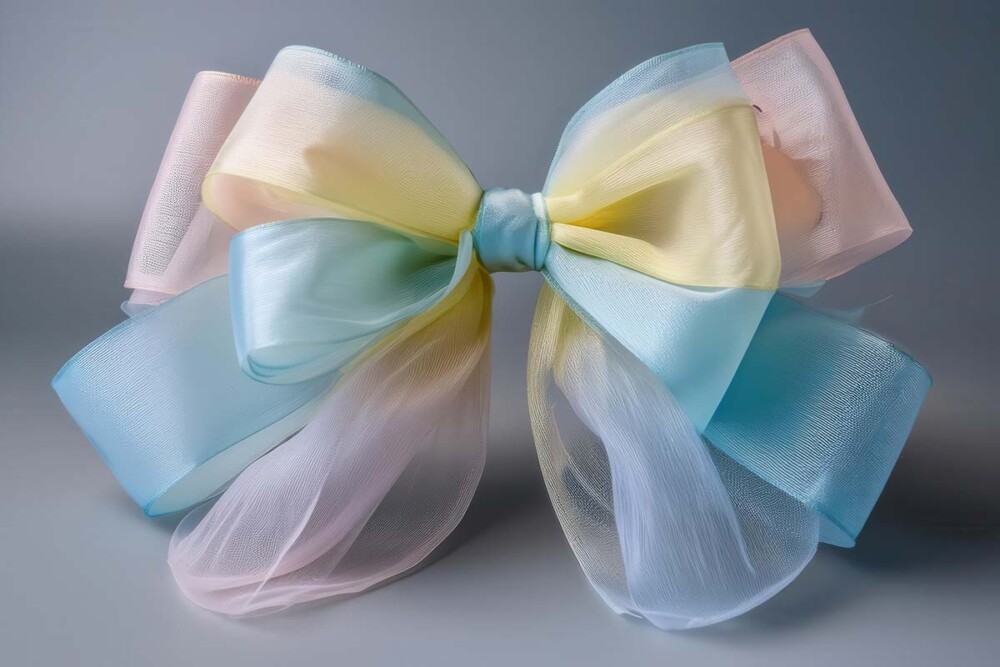
How to make bow with organza ribbon
Here’s how to make a stylish bow with organza:
- Cut a piece of tape to the desired length.
- Form two rings by crossing them in the middle.
- Fix the central node with a thin thread or a drop of hot glue.
- Adjust the ends by cutting them in a pointed or “dovetail” shape for a touch of style.
For a bulkier effect, layer several layers of tape before creating the bow.
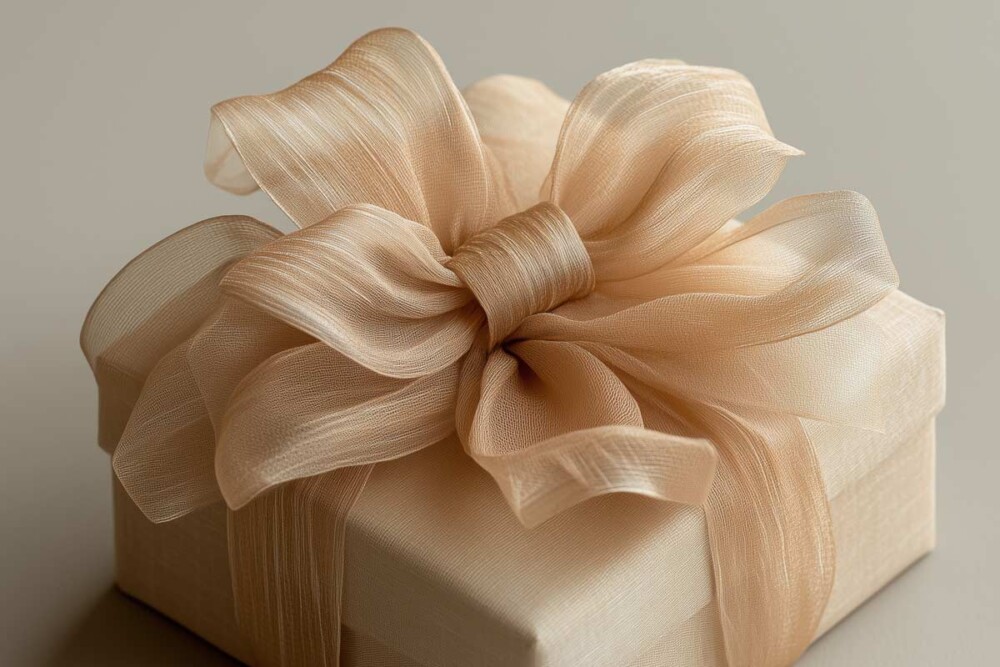
How to decorate with organza ribbon
Organza ribbon is a versatile decorative element, ideal for customizing environments and accessories. Here are some practical ideas:
- Home decorations: use the tape to wrap candles, vases or frames.
- Party decorations: create garlands or drapes to decorate railings for weddings, christenings or birthdays.
- Personalized accessories: enriched bags, hats or clips with bows or flowers in organza.
With its lightness and transparency, the organza ribbon lends itself to elegant and minimalist decorations.
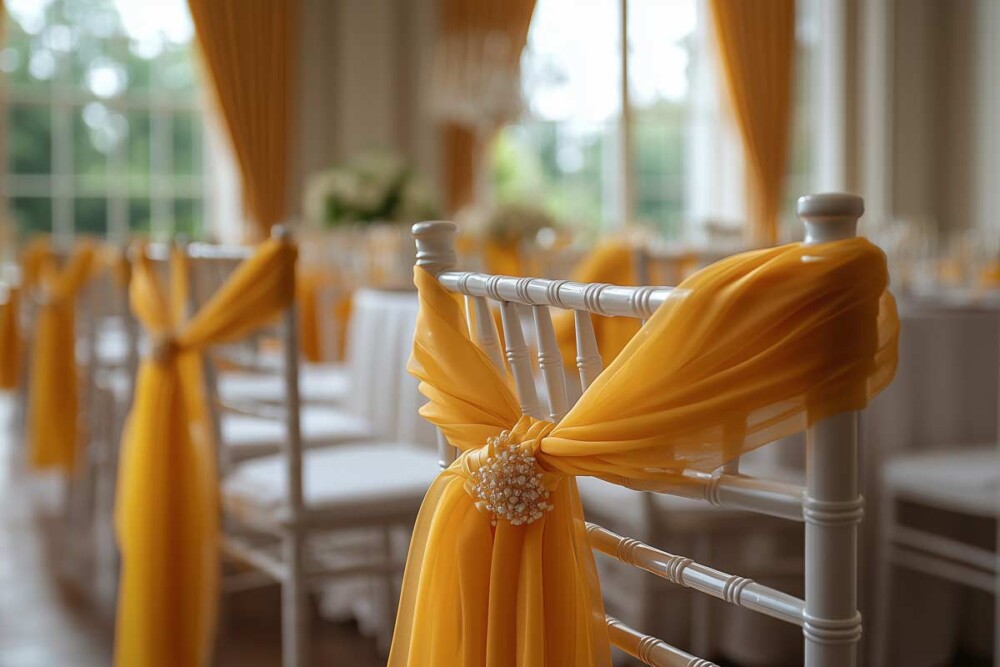
Organza ribbon for wedding favors
The favors get a touch of sophistication when they are decorated with organza ribbon. You can use it to close candy bags, wrap boxes or create small flakes to apply as a final detail. Choose colors that match the theme of the event for a harmonious effect.
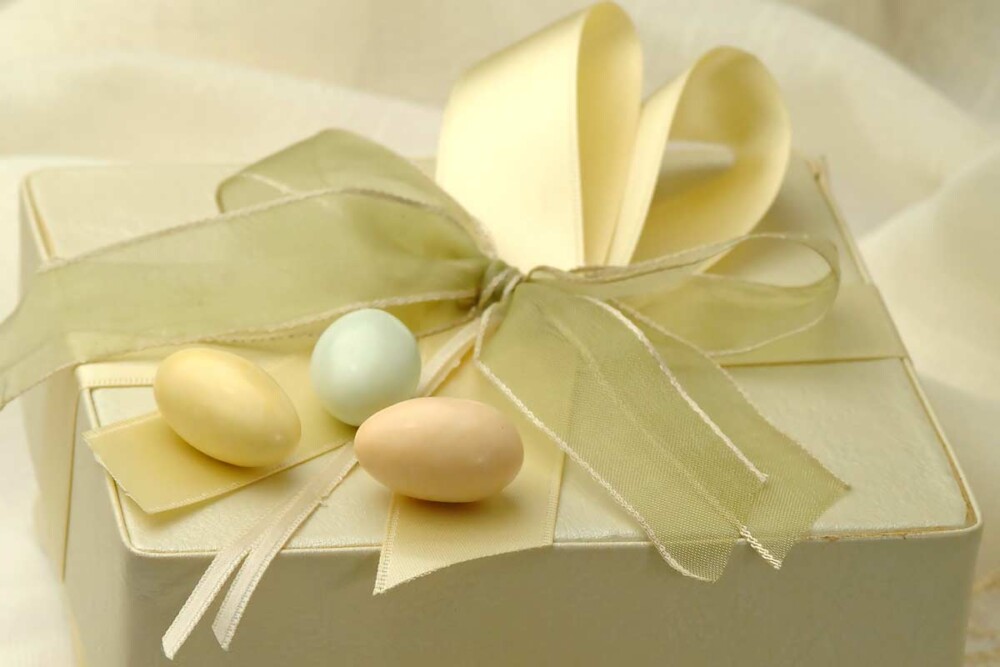
How to close a bag with organza tape
To close a bag with the organza ribbon:
- Fill the bag with confetti or other items.
- Wrap the tape around the opening of the bag.
- Make a simple knot or decorative bow.
- Adjust the ends for a neat look.
Organza is, therefore, among the best fabrics for wedding favors and arrangements for weddings, christenings or other special occasions.
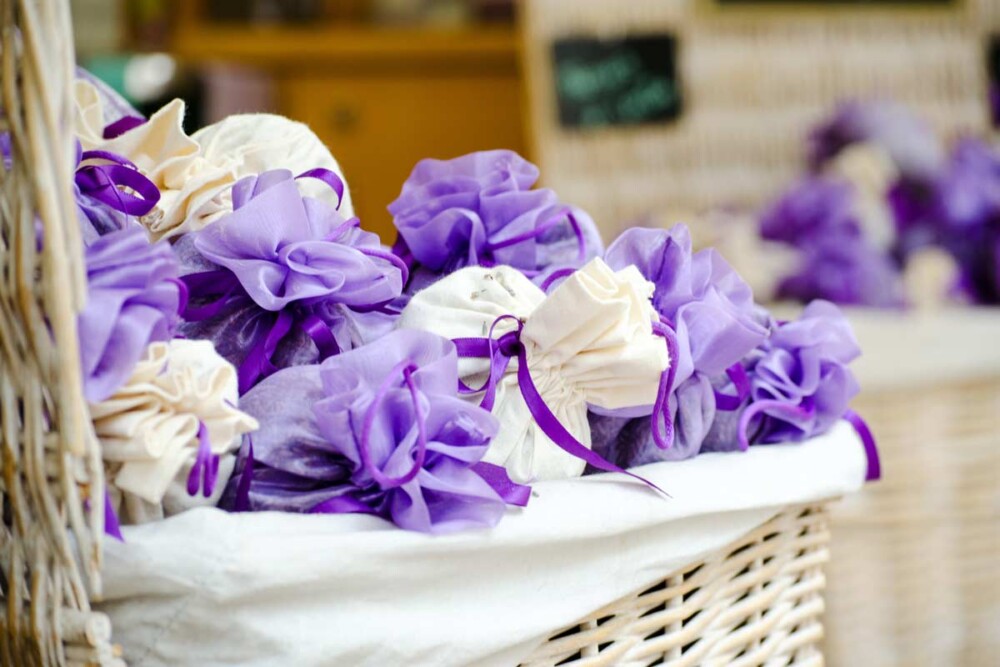
Creative ideas with organza ribbon
This product stimulates creativity and offers endless possibilities. Here are some original ideas:
- Custom placeholders: create small bows or flowers to apply on cards.
- Fashion accessories: use the ribbon to make bracelets or necklaces.
- Christmas decorations: decorate the Christmas tree with colored organza bows.
The versatility of organza ribbon makes it suitable for any occasion.
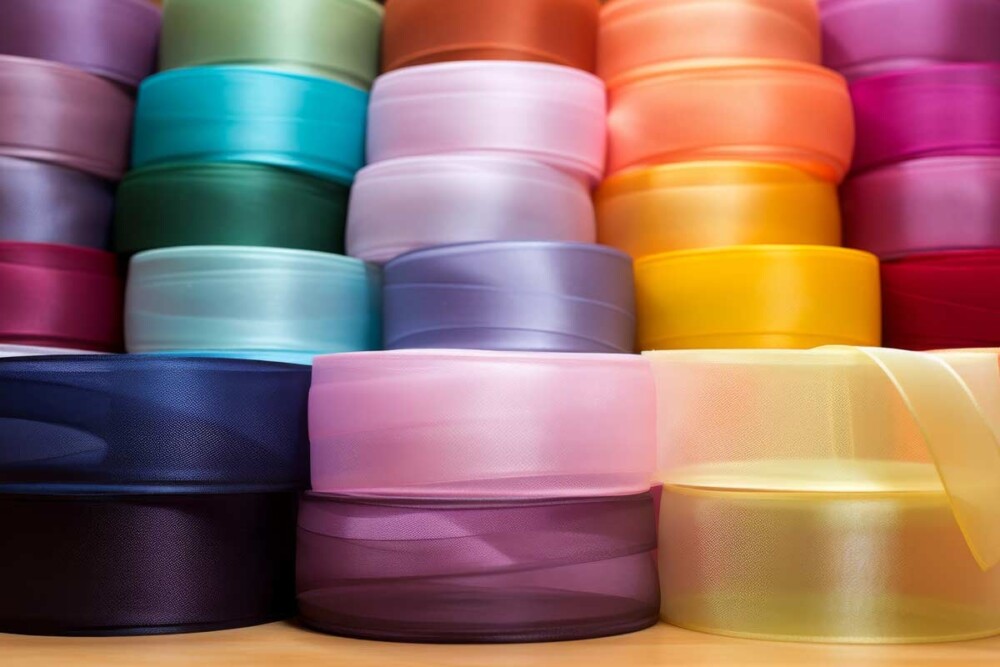
Colored organza ribbon
Available in a wide range of colours, organza allows you to play with shades to create amazing visual effects. From pastel tones for elegant events to bright colors for cheerful parties, you can choose the perfect shade for every project.
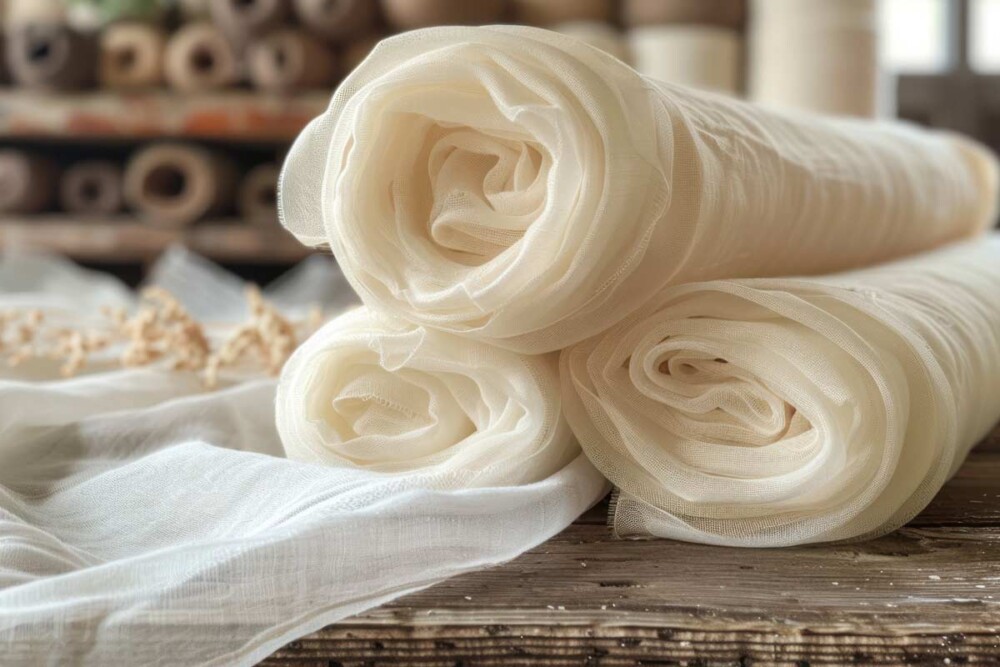
Organza ribbon for weddings
The ribbon is a must for wedding decorations. It can be used to:
- Decorate the chairs with bows or drapes.
- Embellish the bouquet of the bride and bridesmaids.
- Create refined and harmonious centerpieces.
Its discreet elegance makes it ideal to add a romantic touch to every detail of the wedding.
Choose products Cimmino: Organza Rainbow United
The United Rainbow Organza is a versatile and elegant fabric, ideal for enhancing a wide range of creative projects. Made of 100% polyester, this thin and transparent fabric stands out for its canvas weave and rigid hand, which guarantee a stable structure and a refined appearance.
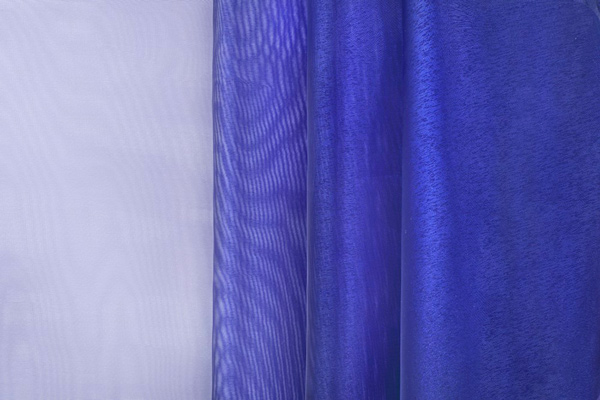
With a height of 140 cm and a weight of 24 gr/sqm, the organza combines lightness and resistance, offering a glossy finish that captures the light in a spectacular way. Available in 25-meter rolls, it is particularly suitable for large productions and high impact decorations.
Thanks to its versatility, the Rainbow Organza is perfect for:
- Wedding favors and decorations: enrich special events such as weddings, christenings or birthdays with elegant and personalized details.
- Carnival and cosplay: create original costumes and unique accessories thanks to its light and shiny texture.
- Christmas and events: decorate trees, tables or gift boxes with a sparkling touch.
- Bride and ceremony: give refinement to veils, bows or tailoring details for ceremonial dresses.
- Creative packaging: wrap gifts and products in style, adding visual value to your packaging.
Organza ribbon is much more than a simple decorative material: it is a creative resource to customize any project. Whether it’s wedding favors, event decorations or DIY accessories, this material offers endless possibilities to express your style and creativity.



